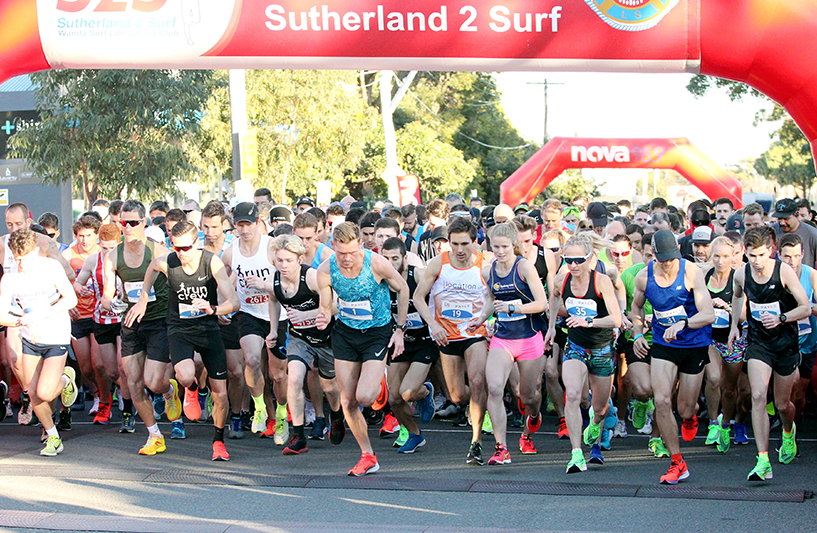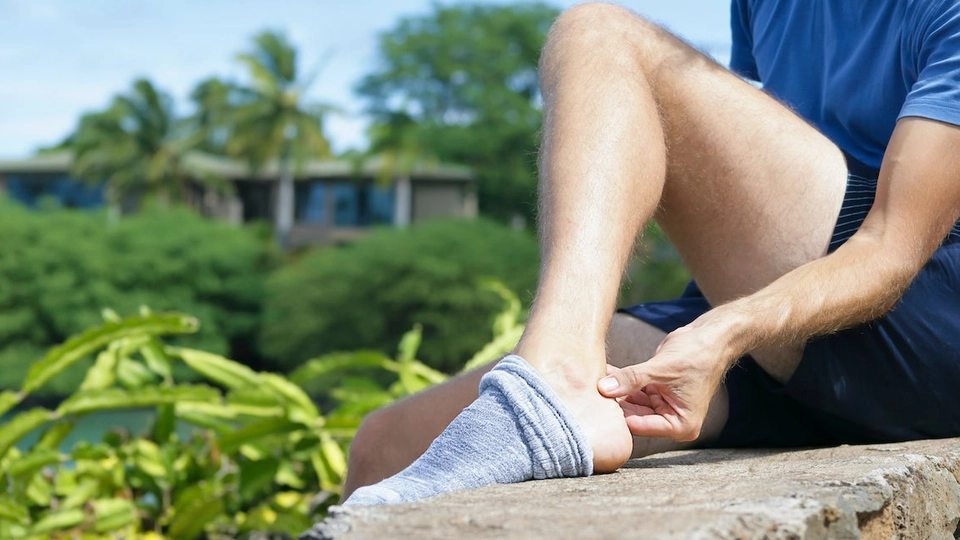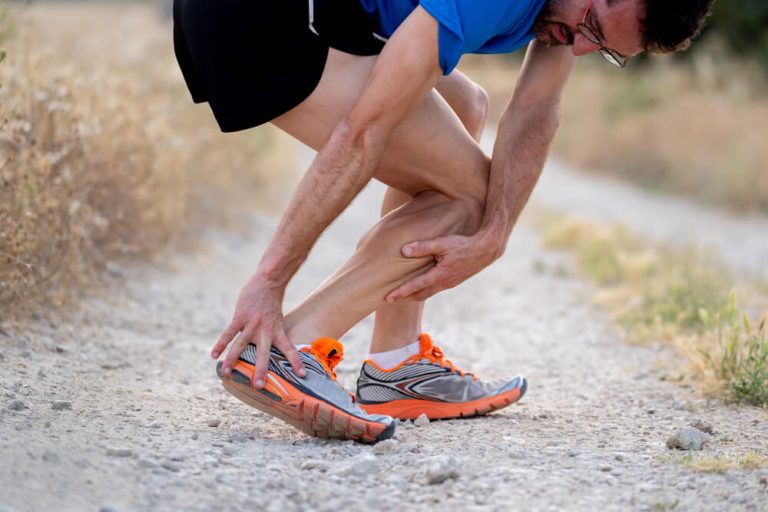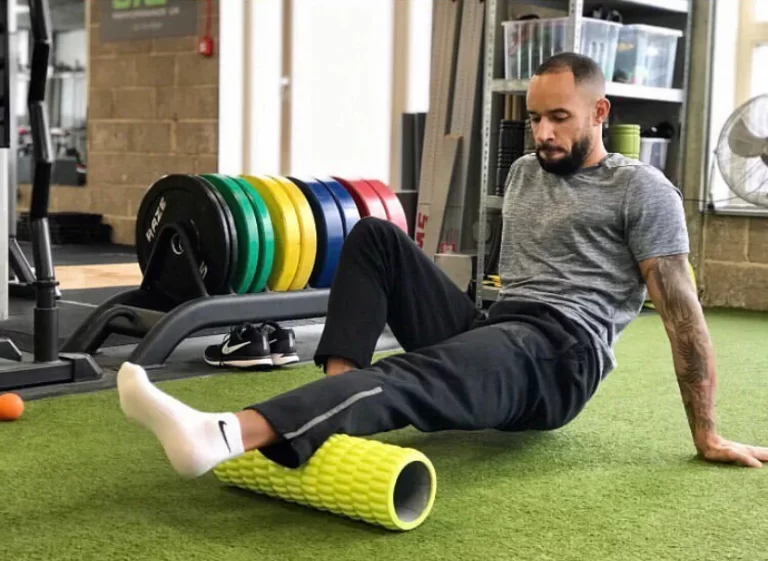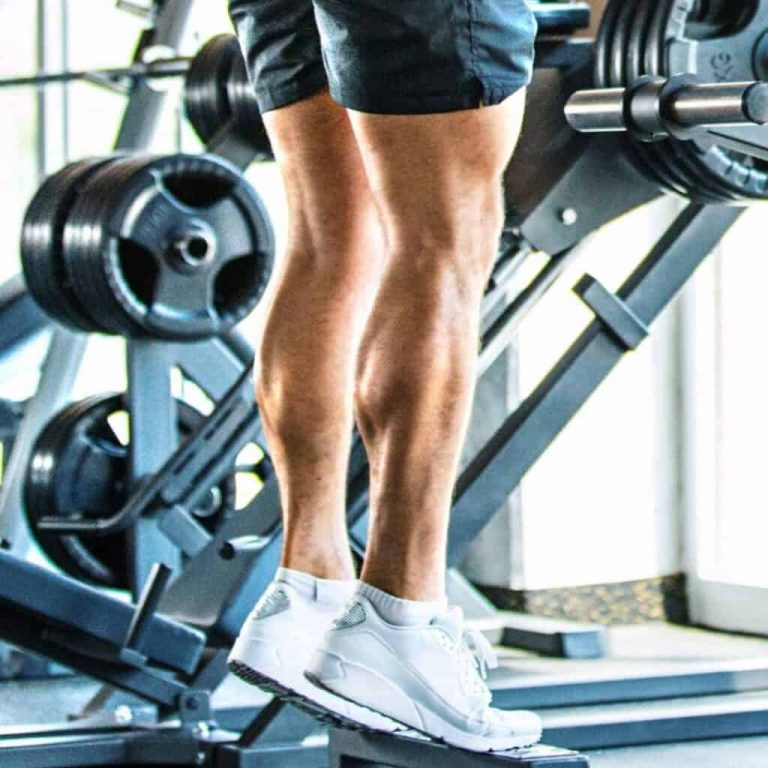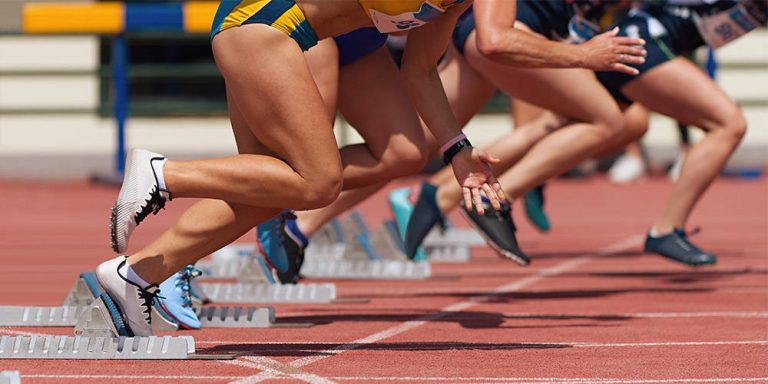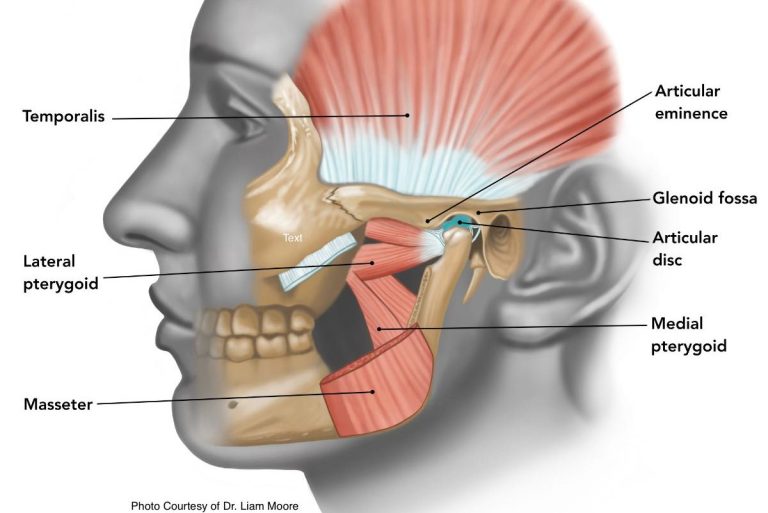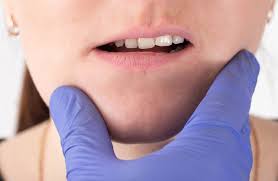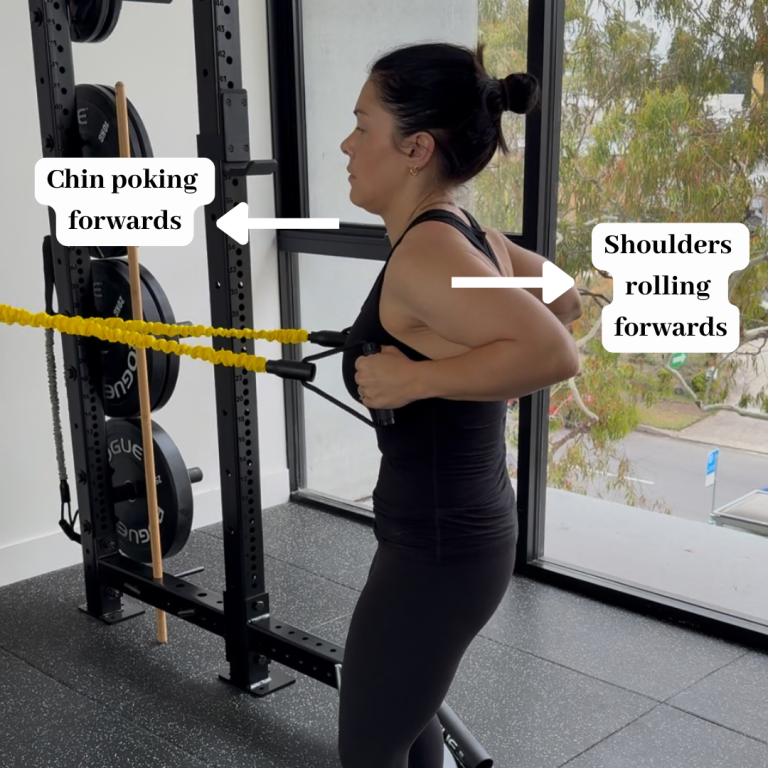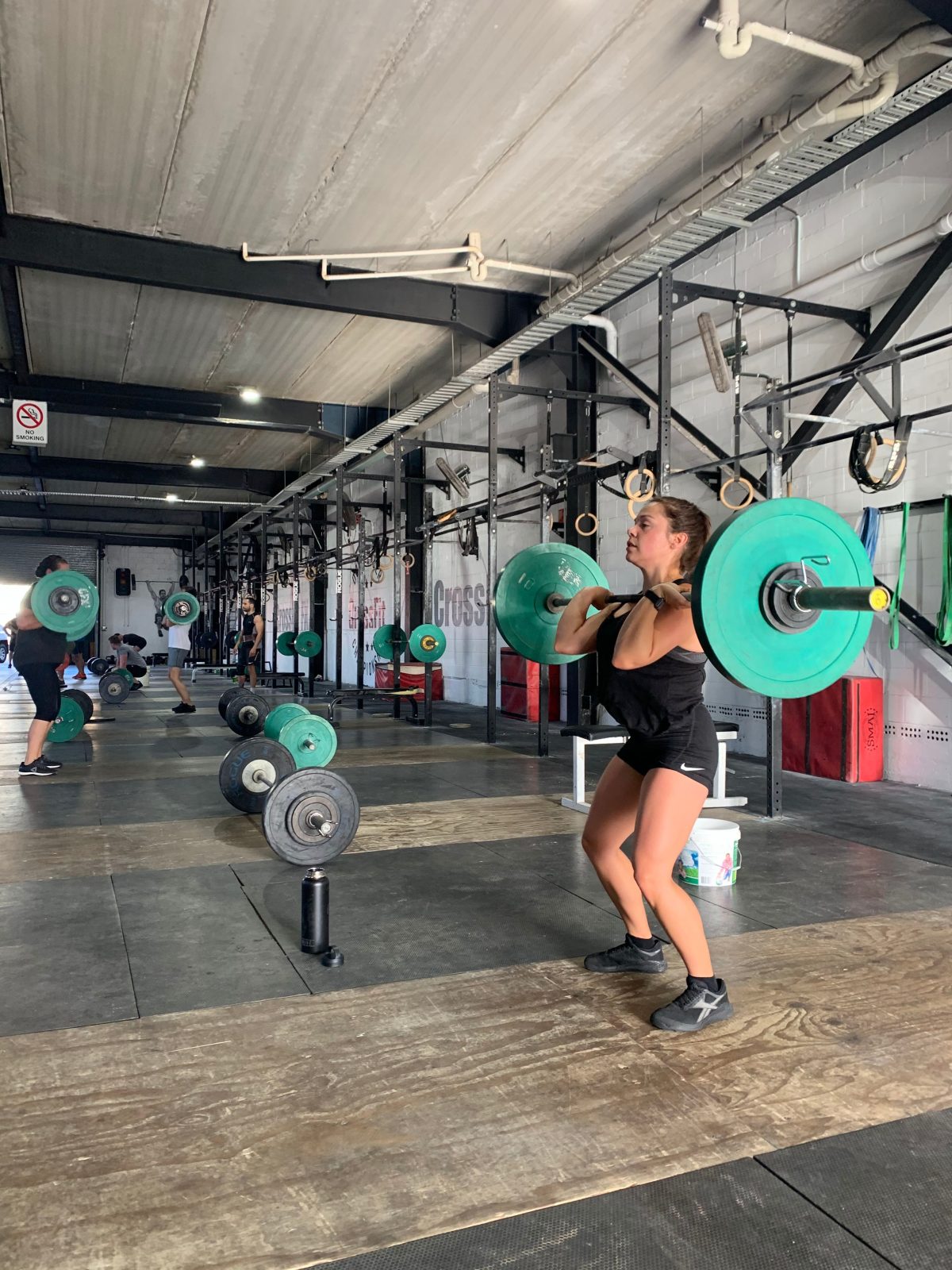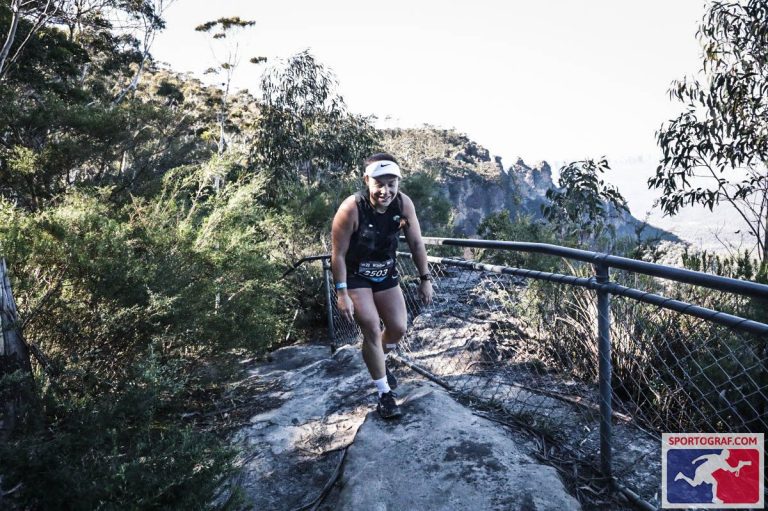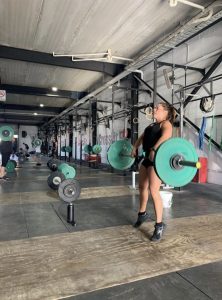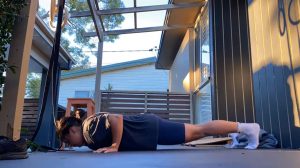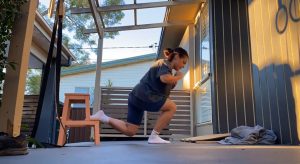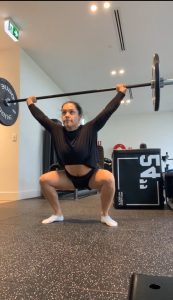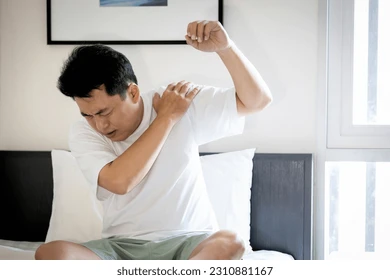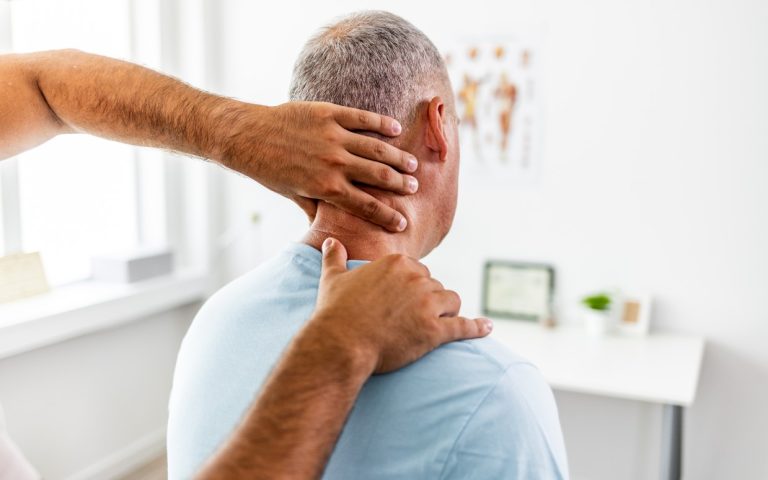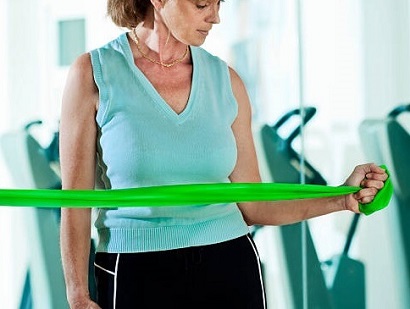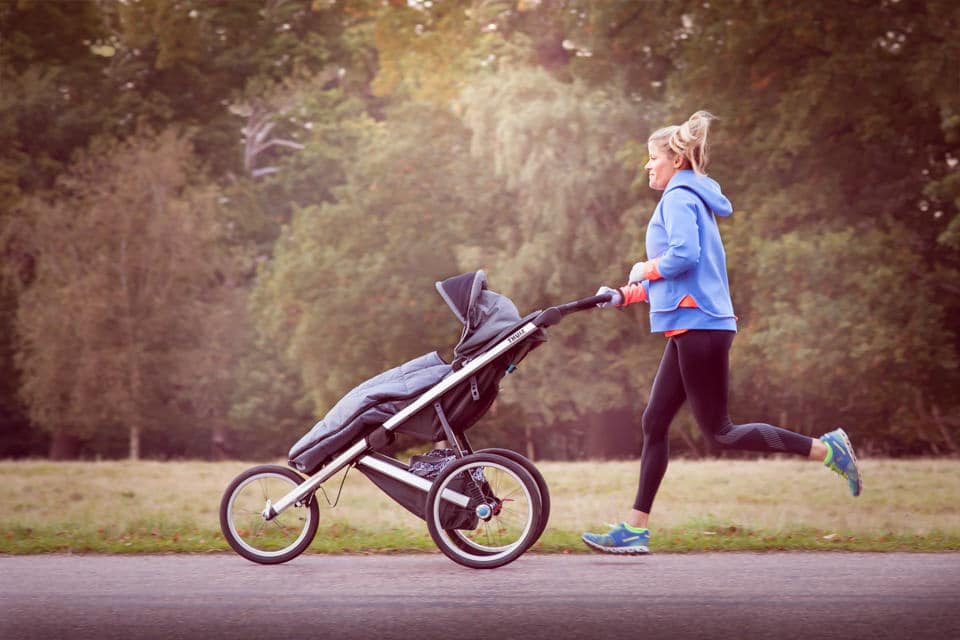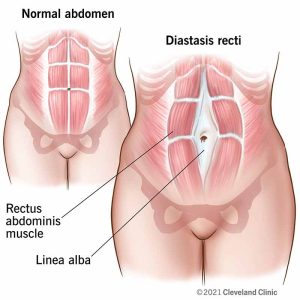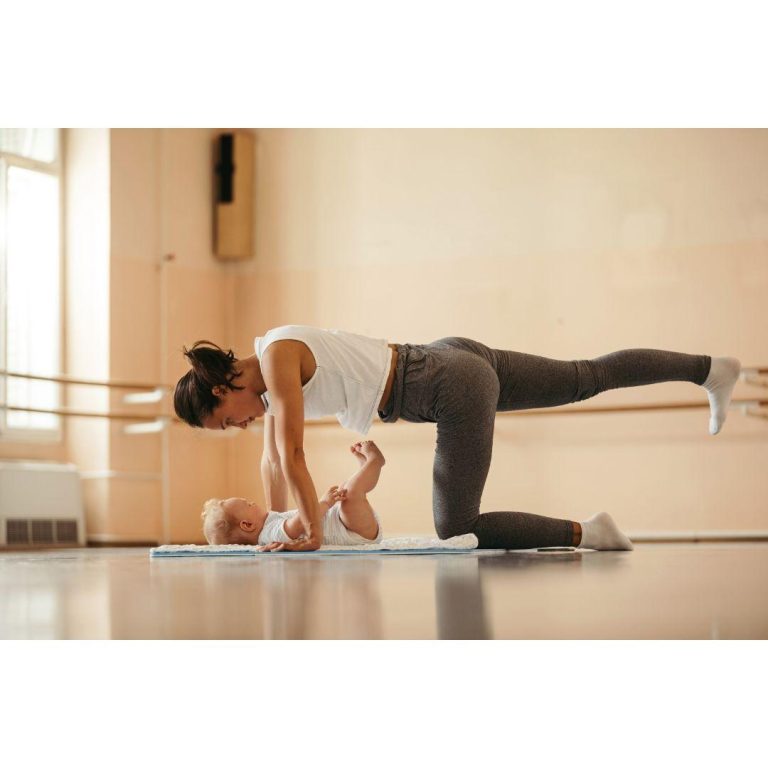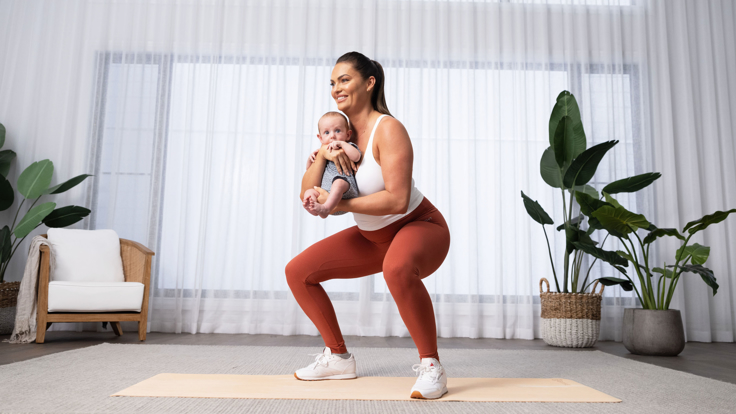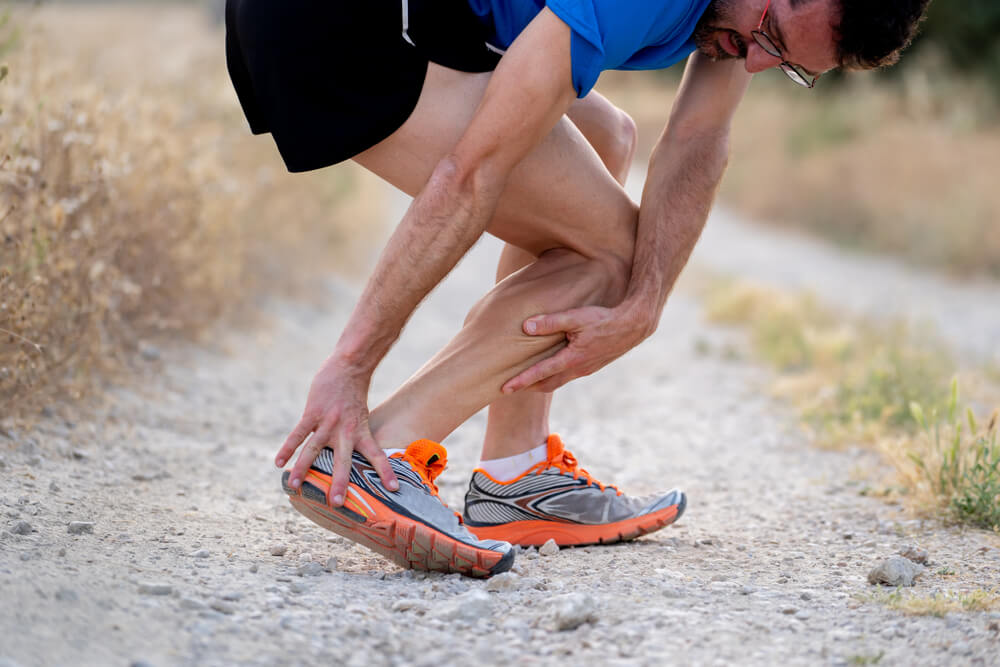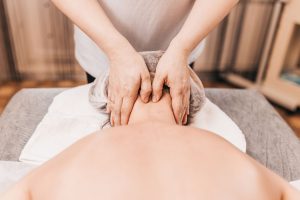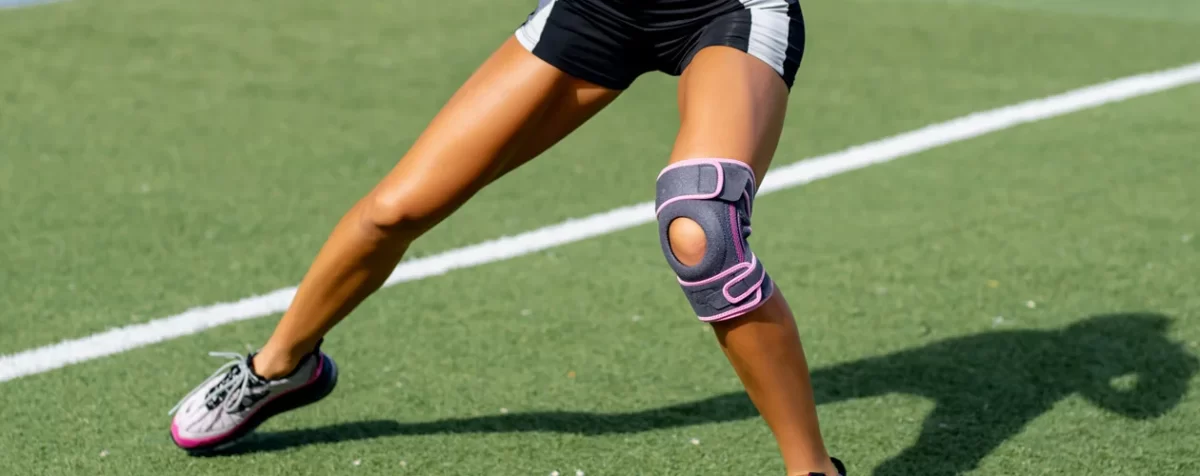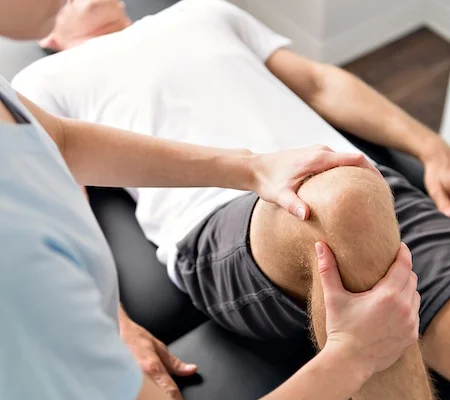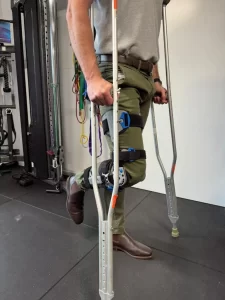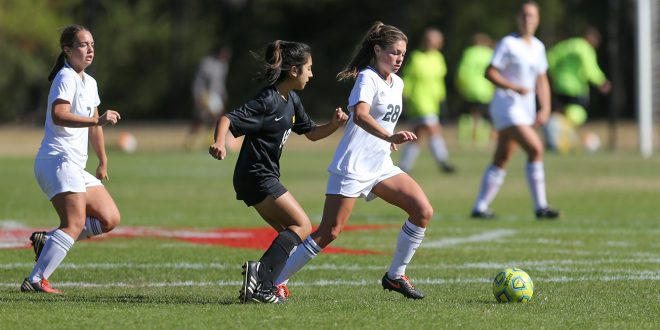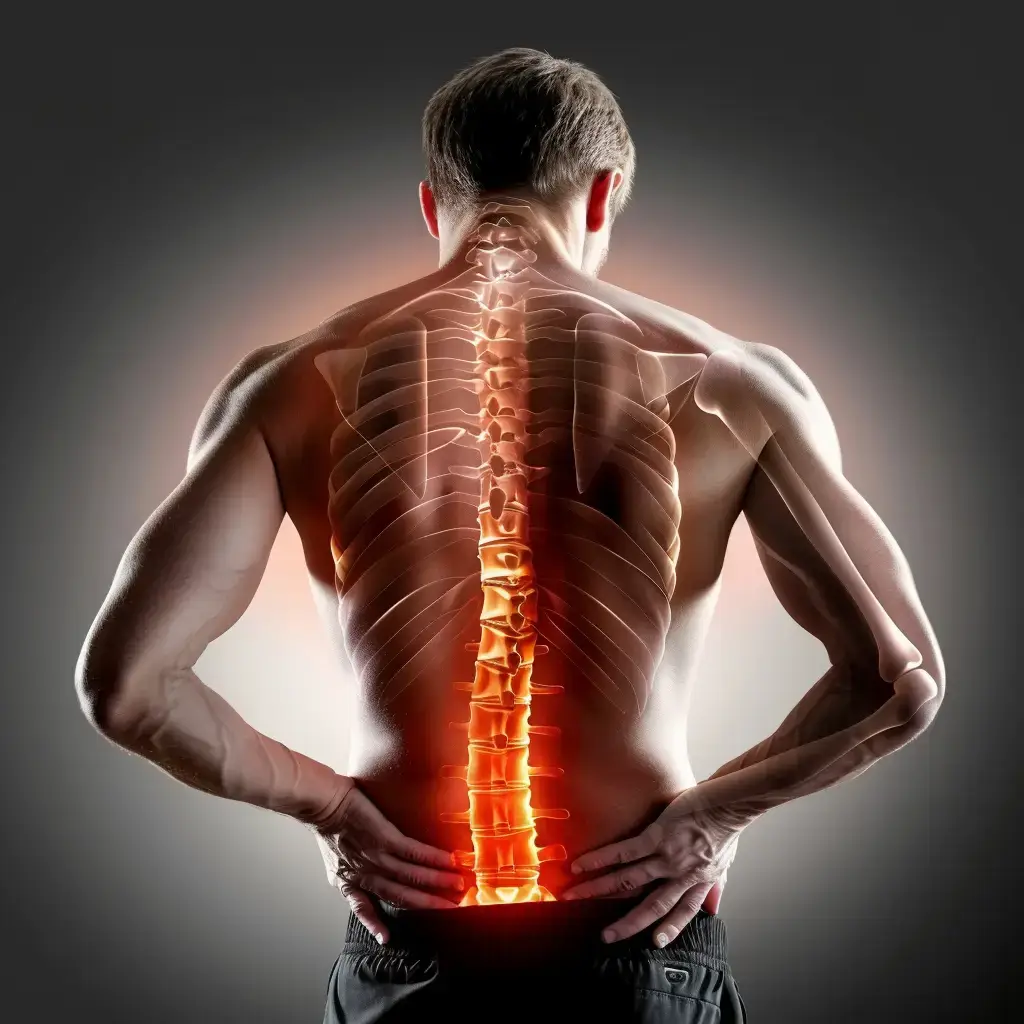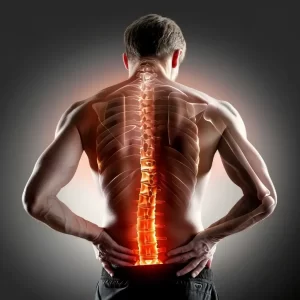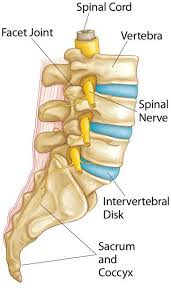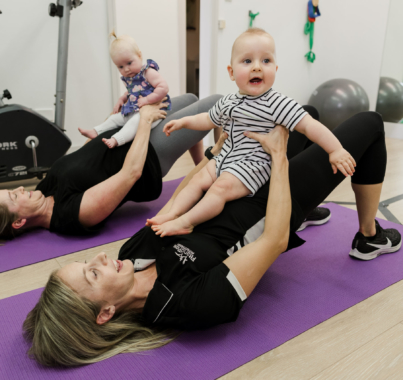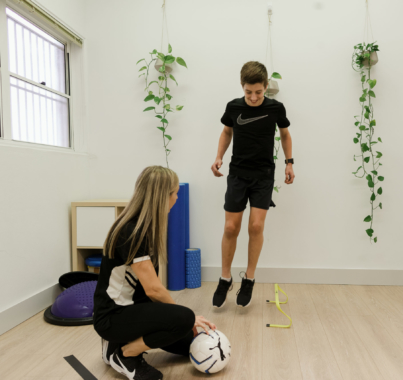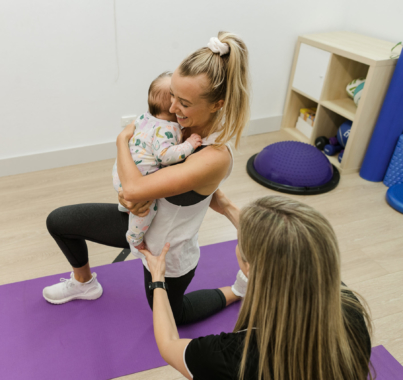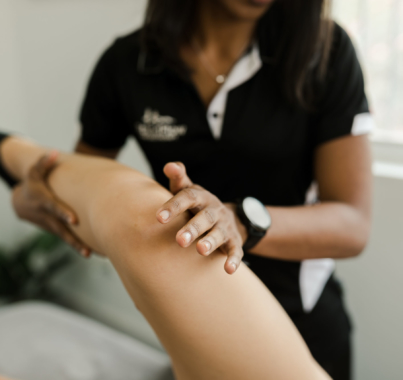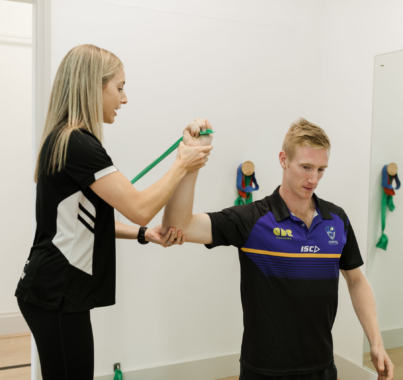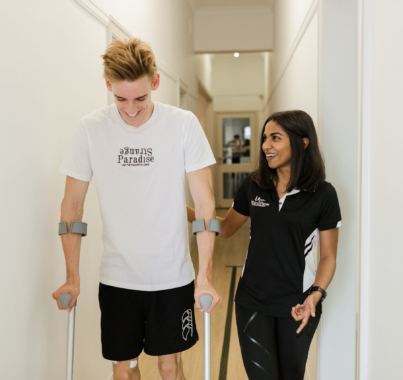The Sutherland to Surf is just around the corner – a highlight on the local calendar and a fun run/walk that brings out thousands of runners, walkers, families and first-timers every year. This iconic 11km course winds its way from Sutherland down to Wanda beach, and with a net downhill profile, it’s famously fast – perfect for chasing a PB or just enjoying a fun, feel-good run with the community.
At Fit and Flow, we love seeing so many of our patients, friends and Shire legends getting involved. Whether you’re chasing a time, ticking off your first fun run, or just there for the vibes (and post-run coffee), we’ve got your back.
Here are our top physio-approved tips to help you make the most of race day – especially on a course that’s more down than up!
1. Downhill = Faster Cadence, Not Longer Stride
Yes, it’s a net decline. Yes, that sounds easier. But running downhill comes with its own challenges – particularly for your quads, knees and calves. It’s tempting to let your stride lengthen, but over-striding increases braking forces – making your legs work harder and putting more stress through your hips and knees.
Physio tip: Instead of lengthening your stride, focus on a slightly quicker cadence (step rate). Short, light steps will help you stay efficient, and reduce joint load.
2. Get Ahead of DOMS (Delayed Onset Muscle Soreness)
Sutherland to Surf is mostly downhill – great for speed, tough on your legs. Your quads act like brakes on those declines, taking on extra load with every steps. That’s often what triggers next-day soreness.
Physio tip: Give your quads some love in the lead up. Foam rolling, mobility drills and strength work (think reverse lunges or wall sits) to help your muscles load effectively!
3. Lean In – But Not Too Much
A common mistake with downhill running is leaning back and over-braking with each stride – increasing joint load (especially knees). On the contrary, leaning too far forward can cause a loss of control.
Physio tip: Run with a slight lean forward, from the ankles, not the hips. Use the tip above, with shorter steps and stay light on your feet – reducing impact.
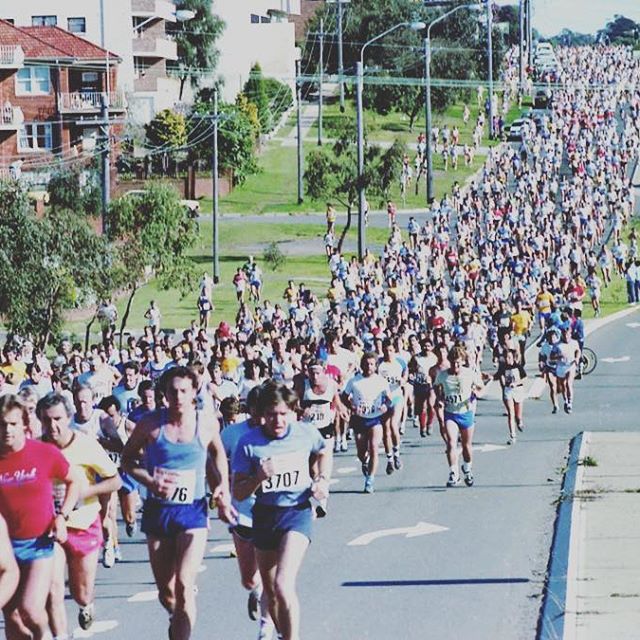
4. Stay Warm & Warm Up Properly
Even in the excitement of race morning, don’t skip your warm-up – especially on a cooler winter day. Cold muscles are more prone to strains and stiffness, and starting a downhill run cold can lead to early soreness or joint discomfort.
Physio tip: Bring an old jumper or jacket to wear at the start line and remove just before the gun goes off. Do a proper warm up – think dynamic, leg swings, hip openers. Stay moving right up until your wave starts!
5. Prioritise Recovery After the Finish Line
That post-run high can quickly turn into stiff legs and sore muscles if you skip your recovery routine. How you treat your body in the first hour post-run sets the tone for how you’ll feel the next day
Physio tip: Take 5–10 minutes to cool down with an easy walk (yes, even barefoot along the sand counts!). Follow it up with gentle stretching, hydration, and if you’re keen — recovery tools like an ice bath, compression boots or sauna can help reduce muscle fatigue and inflammation.
If you’re sore for more than a few days, or notice any lingering niggles — book a physio session to help manage the load and prevent injury.
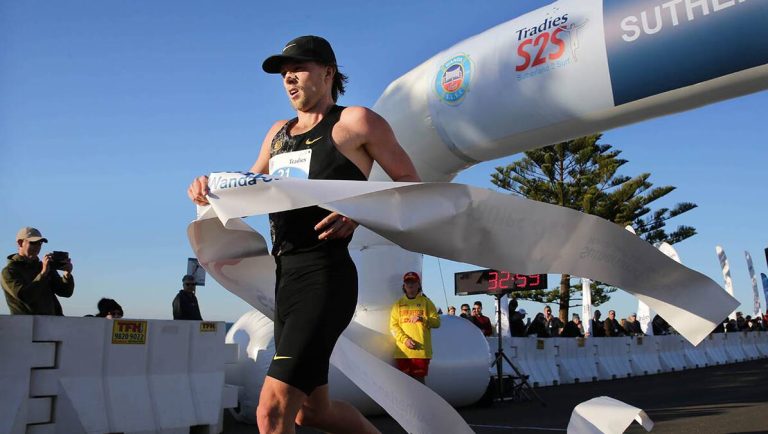
Goodluck to All Runners!
Whether you’re chasing a PB or soaking up the atmosphere, we’re cheering you on. If you need help with a niggle pre-run, a post-run recovery session, or just want to optimise your running form – we’re here to help.
See you at the finish line!

